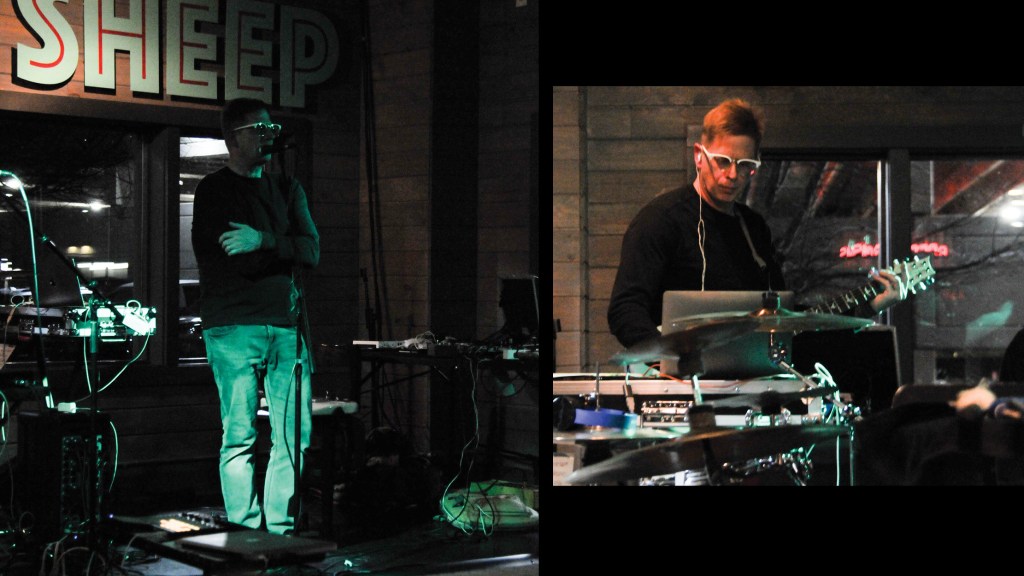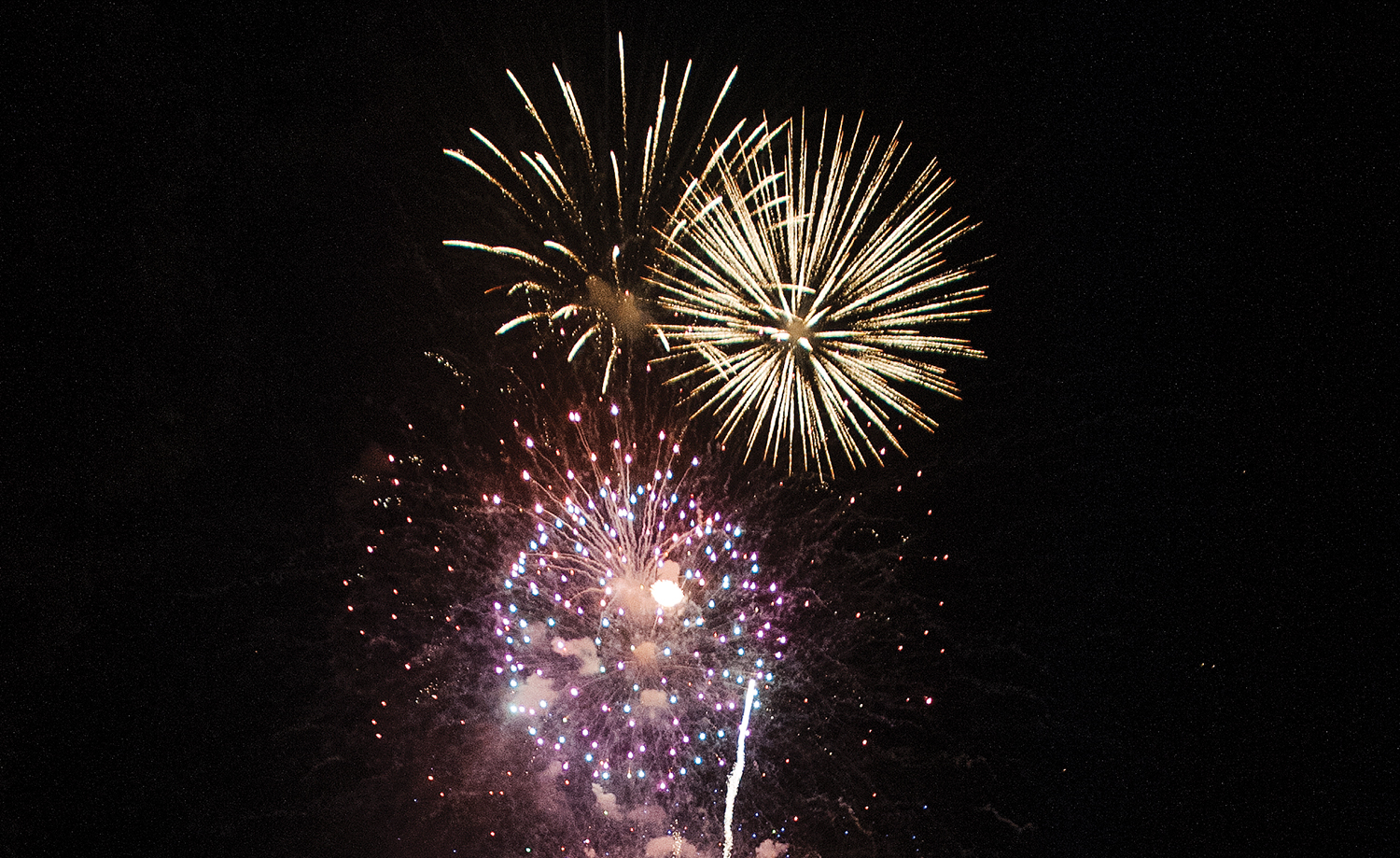Maximum Potential: Doctor turns music theory into art
Published 9:42 am Wednesday, May 27, 2020

- Besides teaching, Zanter has presented his own compositions at various venues in the Tri-State, including Marshall’s Music Alive concert series at First Presbyterian Church in Huntington. (Photography by Rachael Layne)
The white enamel base of Dr. Mark Zanter’s electric guitar gleams in the light of one of the galleries of the Huntington Museum of Art.
As Zanter improvises a jazzy rock sound, modern dancers move throughout the gallery like lithe acrobats around the paintings.
The evening is a free Tuesday night event at the museum, just another way to get visitors up the hill to see what the HMOA has to offer.
For Zanter the evening is another way to create music and that is what the Marshall University professor is here to do.
Zanter is coordinator of music theory and composition at Marshall, a post he took for a simple reason: The university offered him a job.
“Other than that I grew up on the Mississippi River and was excited to come to another river town,” Zanter wrote via an email interview. “For some reason it felt right.”
Besides teaching, Zanter has presented his own compositions at various venues in the Tri-State, including Marshall’s Music Alive concert series at First Presbyterian Church in Huntington.
Writing music is a back and forth from abstract to concrete, Zanter writes.
“In the early stages it is mostly ideas and intuition, but once these are written the process begins to shift increasingly towards reflection and the extant material. In a nutshell: Minimum license, maximum potential. I think most composers work this way, but the end results are radically different based on your musical experiences and influences.”
Naturally getting started seems to come always from inspiration, according to Zanter.
“An idea or concept comes to you. You digest it and then see if you can make something out of it. I have notebooks for sketching ideas and working out musical problems. My sketches tend to take the form of charts and tables exploring musical relationships and only sometimes motives or themes. I don’t wonder where the ideas come from; they have always been there. I don’t second guess my intuition, but then again not every idea becomes a finished piece of music.”
As for a schedule, Zanter tries to work on writing music every day, juggling that with his teaching schedule.
“When I have more time, my preference is to work all day with breaks as needed. If I am in the middle of a big project, the hours ‘fly by.’ One of the great luxuries of teaching in higher education is that summers often allow ample time.”
With his students, he can work well with them one-on-one to show them what is keeping them from creating their best work now.
“My main goal in teaching is to help students identify their own voice. The challenges in teaching are many from helping them to overcome their own inertia, to be disciplined, to trust their instincts, to learn how to study scores, to learn how to notate their music so others can perform it and to be patient and trust that they will develop over time. Also there is often the need for them to learn how to make the work of studying and creating music fun.”
Zanter finds working one-on-one and in groups both effective for guiding his students to find their potential. And he often reaches out to other art forms.
“Sometimes there are opportunities to collaborate with performers, dancers, with film makers or theatrical productions. The collaborations can be very exciting and instructive. It gives young composers a concrete structure in which to funnel their creativity. Coming out of secondary education where they are inundated by homework and the like, they don’t necessarily realize that deadlines are a useful means to stir your inspiration.”
Balancing teaching with creating makes for a dynamic Zanter enjoys. Now what about the future?
“Right now I have a few commissions that need attention and I’m working on a body of new repertoire that I can perform myself. This and trying to practice more keeps me busy. I have several works coming out on albums this year. “Earth Endures; Stars Abide” is being performed by Ergon Ensemble in Greece and my brass “Fanfare” will be recorded by the University of Kentucky faculty brass quintet. I am also collaborating with playwright Karen Setlowe on multi media production entitled, “Parking Lot Miracle.”




